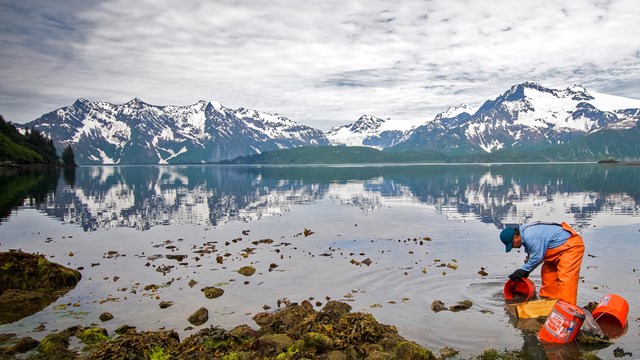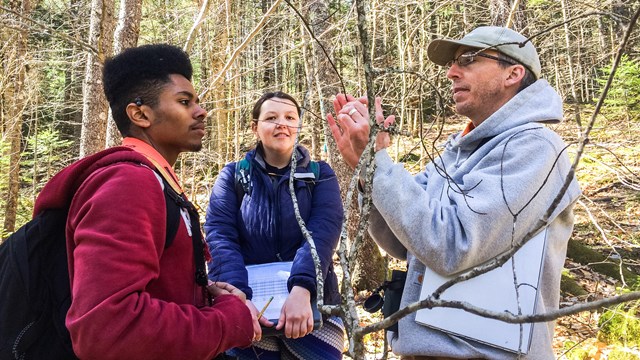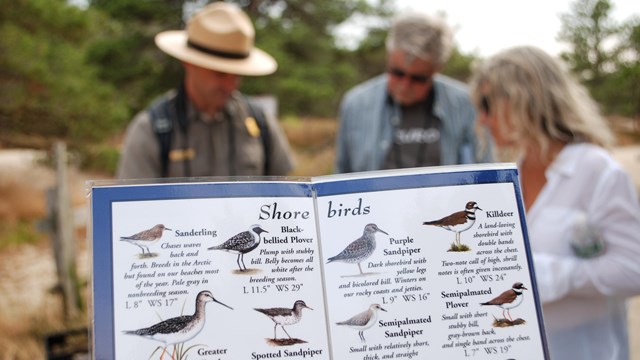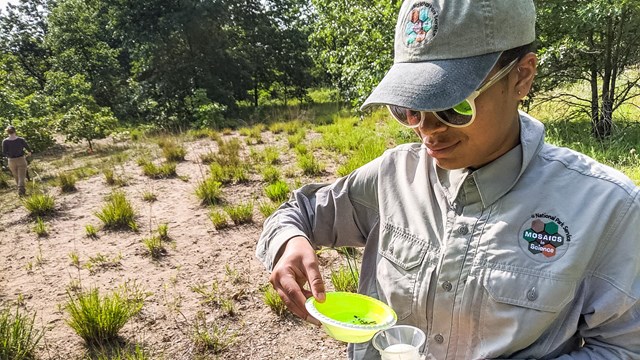Making Science Part of the Park Experience
Science and national parks go hand in hand. Parks benefit from scientific research on resources and how to protect them. Scientists benefit from parks that protect our natural and cultural heritage and make it available for research. And visitors benefit from opportunities to learn and engage with science in parks.
Science is especially prominent in parks with Research Learning Centers (RLCs). The RLCs help make science possible by supporting researchers who study parks. They also make that research accessible to visitors, and applicable to conservation. Thanks to RLCs, the park experience is about more than just enjoying amazing places. It’s also about the joys, adventures, curiosity, wonder, and discovery that are the heart of science.




